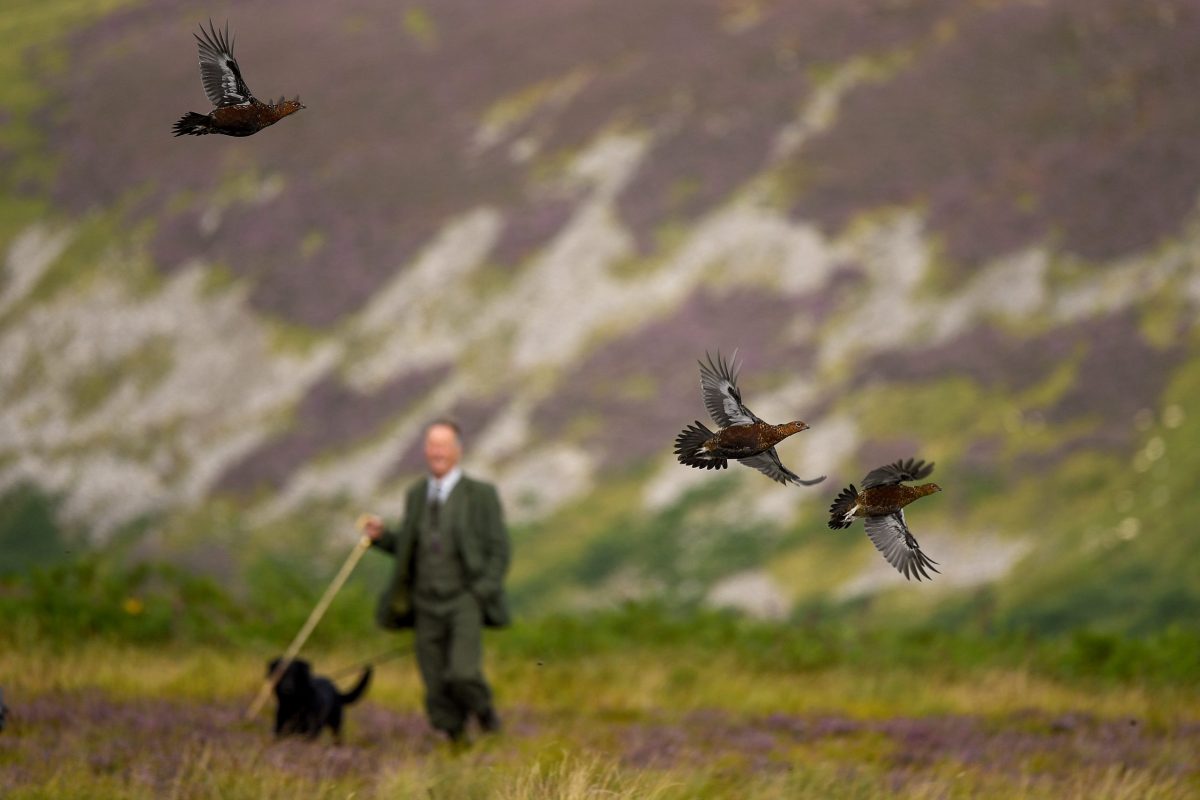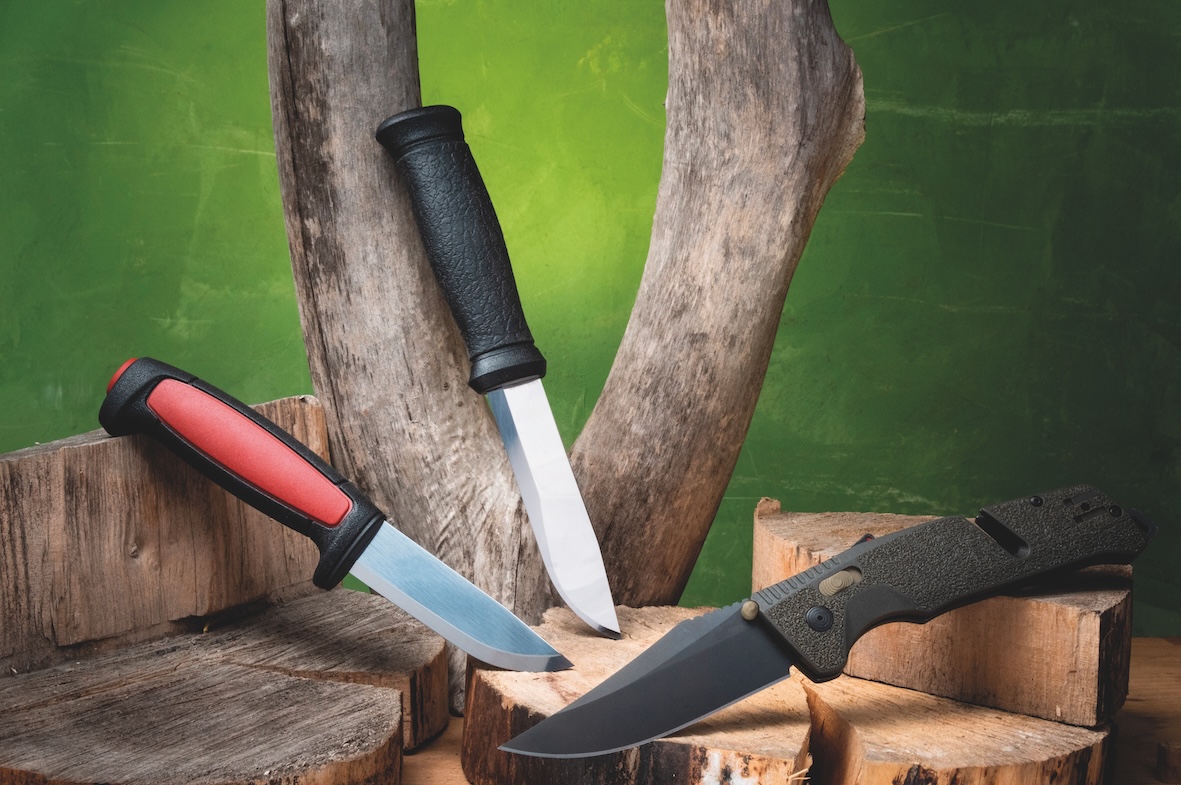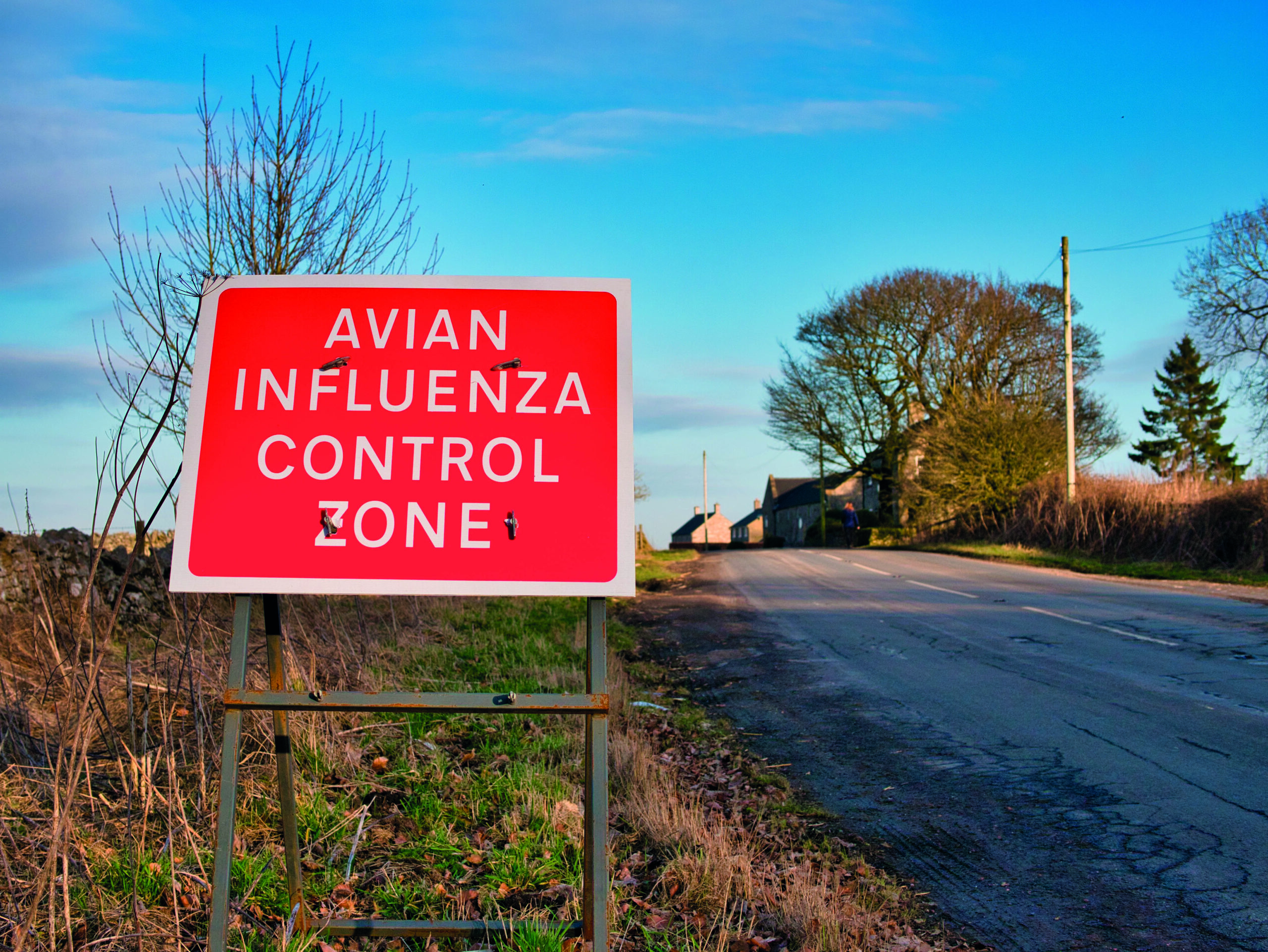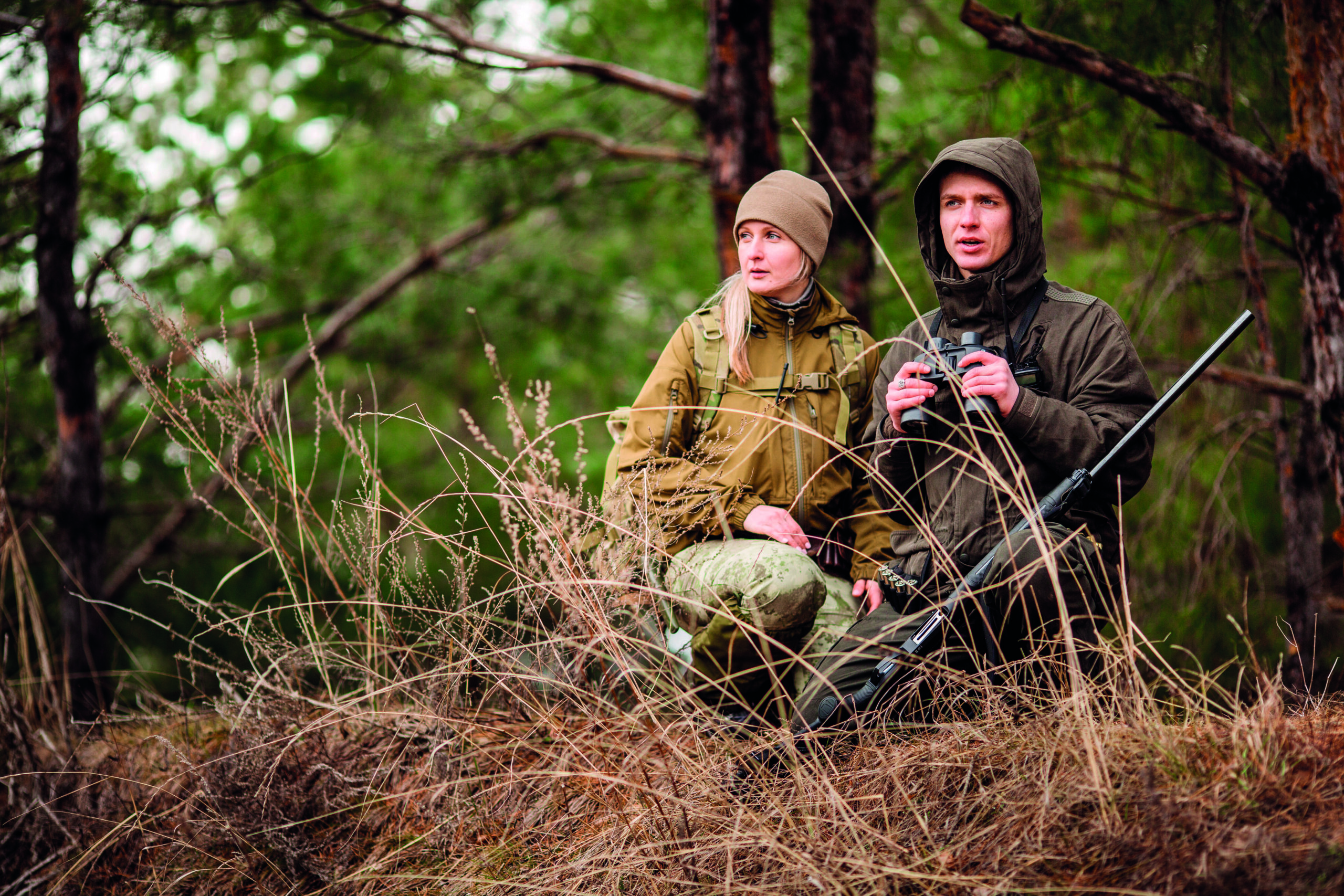Grouse numbers looking good ahead of the Glorious Twelfth
Beaters, shooters and keepers are looking forward to a steady return to grouse shooting as counts show respectable, but not bumper, numbers of birds on the ground.

Gamekeeper Bob Connelly summed up the situation on his shoot as “patchy”, adding: “That is the same situation that we are finding in most places.” Bob told Shooting Times that he intends to shoot on the 12th and then see how things go. Other estates have a more substantial set of dates lined up, but none will expect to set any records this year.
Dave Baines, of the GWCT’s Head of English Uplands Research, explained the ecology behind the situation. Dave said: “On many moors, birds are still recovering in their numbers from poor breeding last year. Here in northern England, the best grouse are in the North York Moors. Some parts of the northern dales are reasonable, having seen good broods, but poor adult survival due to continued parasitic worm problems. It has been a great year for chick survival, adequate and timely cranefly emergence, decent weather and heather in good condition. A big boost to good breeding was provided in March by an exceptionally good display of cotton grass flowers promoting good, large eggs.”
Good grouse beaters seem to be scarce this year with several estates struggling to fill their teams, especially for weekday shoots. The availability of grouse shooting is currently difficult to determine. Early season days are now very limited and what will be on offer later in the season is still uncertain.
What does seem certain is that political challenges to grouse shooting will continue. Ross Ewing, Scottish Land and Estates Director of Moorland, told Shooting Times: ”Licensing of grouse shooting and muirburn continues to be on the radar but we would not forecast any substantial developments until next year. In the meantime, those who work on and with our moors are continuing to engage and demonstrate to politicians and decision-makers the vital work that they undertake to address the biodiversity crisis, to tackle climate change and to enhance our environment.”








